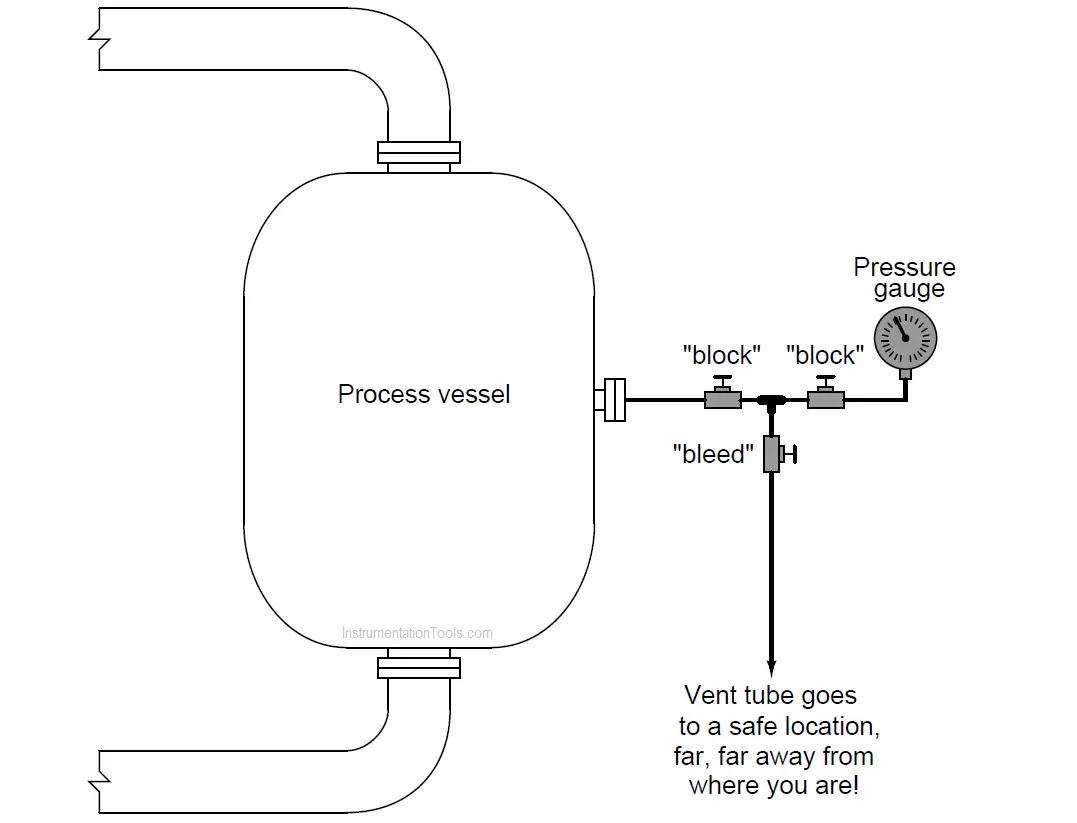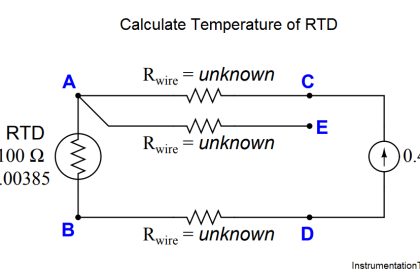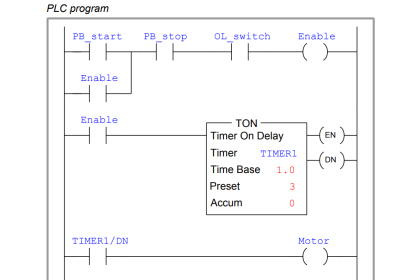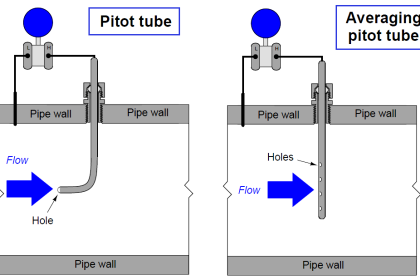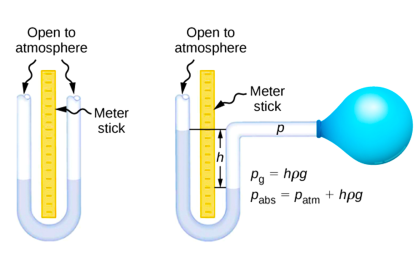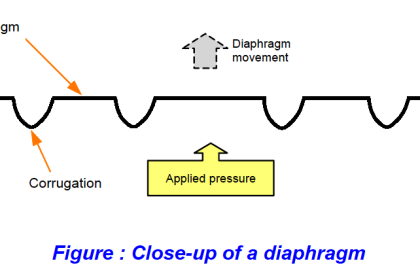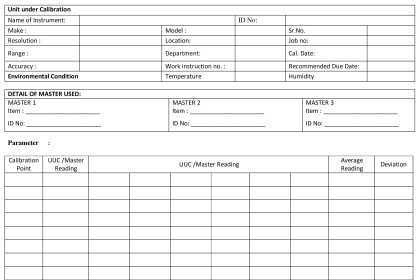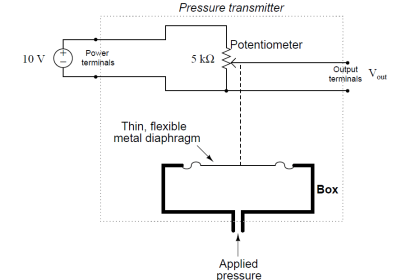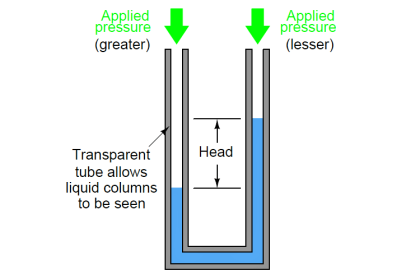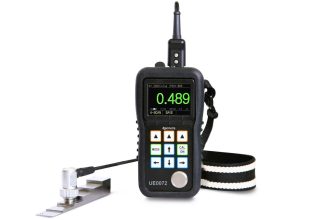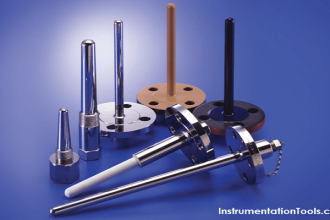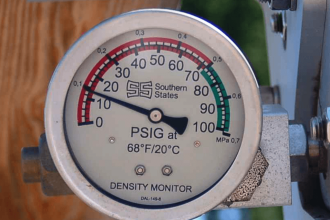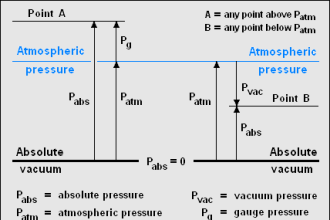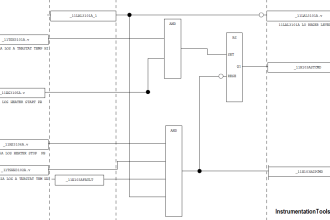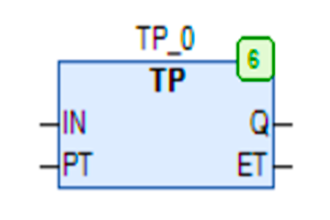On processes where the fluid in question is especially dangerous, “double block and bleed” valve manifolds are often used to isolate pressure measuring instruments (like pressure gauge, pressure transmitters, etc) from the process.
Double Block and Bleed Valves
Consider this example:
Describe the proper procedure for block and bleed valve opening/closing when removing and replacing an instrument connected to a process through such a manifold.
Answer:
Removing the gauge from service:
- Close the “block” valve closest to the process.
- Open the “bleed” valve. Monitor the instrument’s pressure indication, to make sure it is changing to register atmospheric pressure. This tells you that the “bleeding” is successful.
- Close the “block” valve closest to the instrument.
- Close the “bleed” valve.
- Place lock-out tags on all three valve handles to notify operators and technicians of the instrument’s removal and pending return.
- Remove the gauge from the piping or tubing.
Assuming the process fluid is especially dangerous, there may be some sort of recommended decontamination process for the instrument prior to you connecting it to calibration equipment in the shop. As always, be aware of any special safety considerations on any process you are working around.
Placing the gauge back into service:
- Remove the lock-out tags on all valve handles.
- Open the “bleed” valve (to relieve any pressure that may have built up between the two closed block valves from a leak in the first block valve).
- Re-attach the gauge to the piping or tubing.
- Open the “block” valve closest to the instrument.
- Close the “bleed” valve.
- Open the “block” valve closest to the process.
Share your answers with us through below comments section.
Read Next:
- Heat Exchanger DP Transmitter
- P&ID Guidelines for Valves
- Single Block and Bleed Valve
- Pressure Transmitter Vent fitting
- 5 Way Valve Manifold Operation
Credits: Tony R. Kuphaldt
